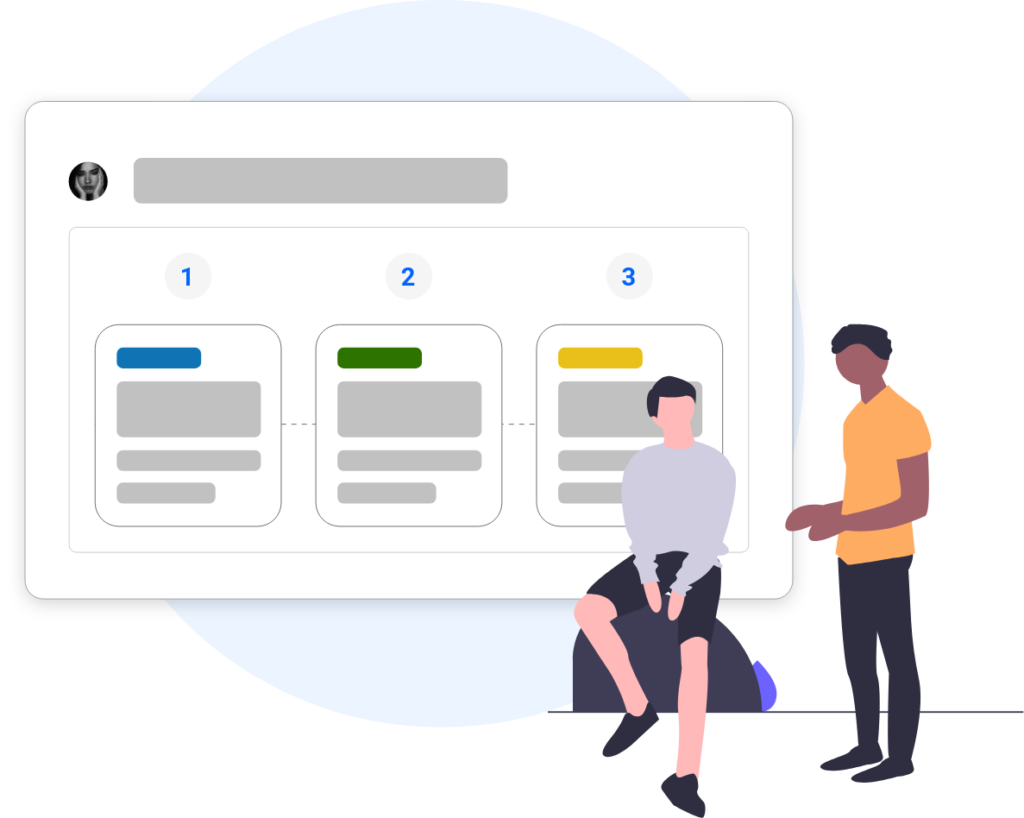HRIS: definition and operation
Human Resources Information Systems (HRIS) have become essential tools in the management of human resources in modern companies. But what exactly are they and how do they work?
In this article, we take an in-depth look at HRIS, its components and its role in effective HR management.

What is HRIS?
HRIS is a computerized system for managing all HR processes within an organization. It brings together a range of software and technologies for collecting, storing, processing and analyzing employee data and HR processes.
HRIS definition: HRIS components
HRIS generally comprises several modules covering different aspects of human resources management:
1. Personnel administration :
This module allows you to manage employee administrative information such as personal data, employment contracts, vacations, absences, etc.
> To find out more, visit quarksUp People module
2. Talent management :
This module is dedicated to monitoring and managing employee skills development, as well as career and succession planning.
3. Payroll management :
This module manages the calculation of wages and salaries, as well as social security and tax declarations.
4. Time and Activity Management (TAM) :
This module allows you to manage schedules, work hours, and monitor employee attendance and activities.
5. Training and Development :
This module is dedicated to the management of training plans, the identification of training needs, and the tracking of training courses taken by employees.
> Find out more about the quarksUp module
6. Reporting and Business Intelligence :
This cross-functional module generates reports, dashboards and analyses to help HR decision-makers make informed decisions.
How HRIS works
HRIS works by integrating these different modules, which communicate with each other to centralize and process the company’s HR data. The information collected is then stored in a secure database, accessible to authorized users according to their access rights.
Benefits of HRIS
Using an HRIS offers a number of advantages for companies, including :
- Centralization of HR data.
- Automation of administrative processes.
- Improved talent and performance management.
- Reduce errors and manual tasks.
- Cost and time optimization.
In conclusion, HRIS is a powerful tool that is revolutionizing human resources management by enabling companies to centralize, automate and optimize their HR processes. By integrating the various HRIS components, companies can improve their operational efficiency and market competitiveness.
Good to know! quarksUp is an HRIS solution for managing the entire employee cycle.
Thanks to this HR tool, everything can be done online. As an HR manager, you’ll be in charge of all our employees’ digital activities. With its modular offer, quarksUp intervenes from recruitment to employee off-boarding.
You may also be interested in 😊

New employee integration plan: a practical guide
A crucial stage in recruitment, the integration of a new employee is a delicate process. quarksUp, the HRIS expert, will guide you to success!

Personnel files: Content and management
The personnel file brings together all the information on an employee. What should it contain? quarksUp expert in HRIS guides you!

